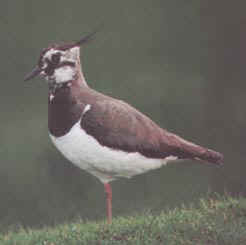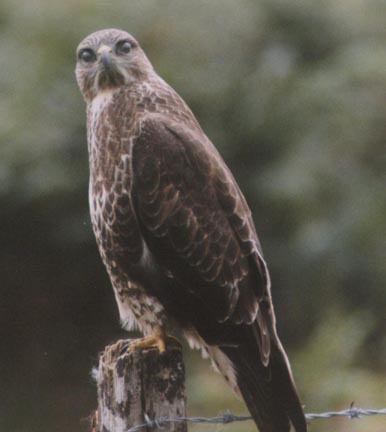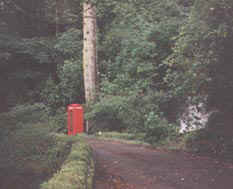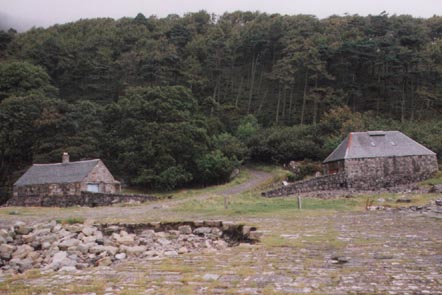|
Our journey starts just before the bridge at the bottom of Glen More. Look out on the left to the small forest area for short eared Owls. Just before the bridge you will come to a right hand turn which takes you towards Tiroran, Tavool and the Burg, we will travel down this road first. The small loch on your left is Loch Beg. In the Winter months you can see Oystercatcher (right), Curlew, and several Water Birds; while in the summer months there are amongst others, Redshank and Ringed Plover. |
|
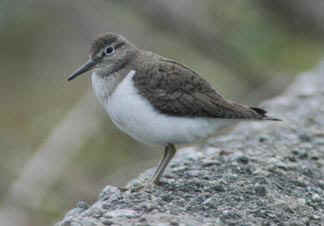 |
Following the road round the loch, in the summer you are likely to see Common Sandpiper (left), Eider Ducks, Lapwing (below), and in the bushes and gorse, Whitethroat. |
|
As the road winds and twists along the shoreline, we pass a few scattered properties, where swallows can often be seen flying round the barns and outbuildings. Continuing, you come to a fork in the road, with a signpost marked Burg and Tiroran. Take the left hand road. Down on the shore you will find Oystercatcher, Curlew and many species of Gull. |
|
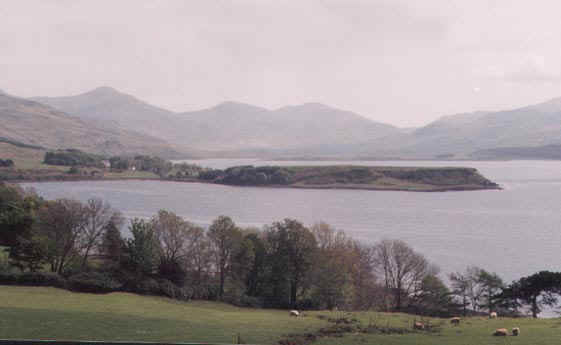 |
On
the right as you pass over the bridge is a small river (Abhainn
Bail a' Mhuillinn) that runs into the sea.
Dipper can sometimes be found here. Continue on through to Tiroran and up through the woodland road where you can sometimes see Redstart and Chaffinch, Greenfinch, Blackbirds and many other varieties of woodland birds. When you have gone as far as the small National Trust car park, if you are feeling energetic, there is a path that can be walked on through to the Burg and the Fossil Tree with wonderful views over towards the main A849 (left) |
| Returning to the main A849, turning right, as you pass the Kinloch Hotel, Loch Beg adjoins Loch Scridain, so look out for water birds. Eider, Black Guillemot and Guillemot. In the Winter the three species of Divers, Black Throated, Red Throated and Great Northern Divers are seen, the latter being the more numerous. Otters are also frequently observed along all sections of the loch (right). | 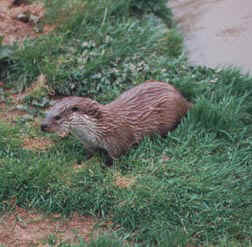 |
|
|
Next on our journey, we come to the turning on the left to
Carsaig.
As you climb up and down the hill towards Carsaig, keep looking around, as numerous Raptors can be seen, particularly Buzzards (left) and Golden Eagles. |
| Follow the road right to the bottom as far as you can go on tarmac. There is a wonderful waterfall on the bridge by the telephone box |
|
|
|
Walk down to the old Pier at the bottom (picture left) and look out towards the sea for Sea birds: Great Black-backed, Lesser Black-backed, Herring and Common Gulls, can all be seen in this area, together with Gannets and sometimes, Shearwaters. |
| Returning to the main A849 turn left and come into the village of Pennycross where you will almost certainly see Meadow Pipits, and Rock Pipits, and in Summer, Wheatears (picture right). |
|
 |
You should also see Herons fishing along the Loch. (left) |

